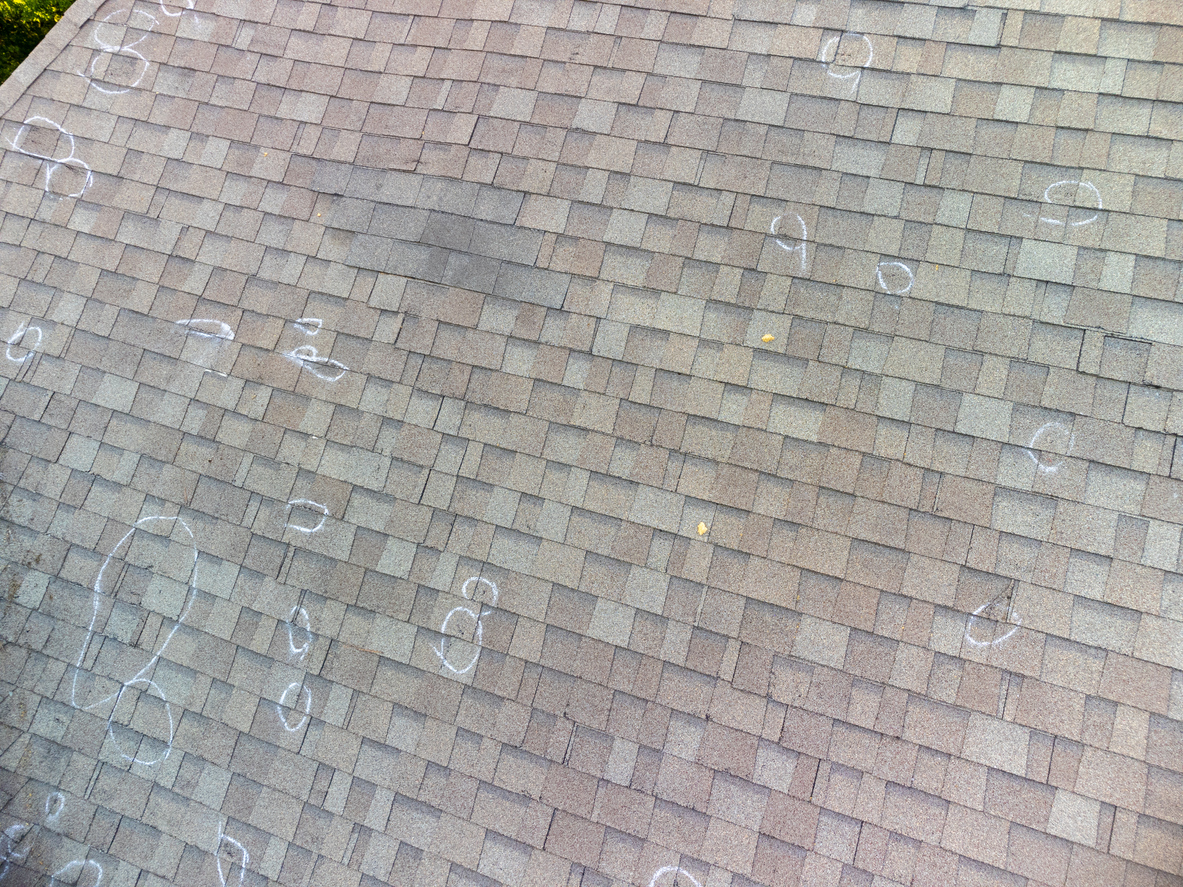A builders risk claim denied by Travelers insurance company following a September 2018 fire in Birmingham, Alabama, resulted in a verdict totaling over $27 million last week.1 The case scenario is not that different from many smoke, soot, and ash claims. The insurance company took months to investigate the claim and hired its typical set of experts who claimed that most of the smoke particulates were not present, did not cause physical damage, and that Travelers policyholder suffering the fire claim was exaggerating the loss. The only slight difference was an ongoing water loss caused from holes allegedly caused by the fire allowing rainwater to permeate the building. Travelers claimed that the policyholder failed to mitigate those water losses, but it lost that argument as well.
In one of the most unique and crazy arguments made, Travelers argued that fire caused-smoke, soot, and ash particulates are the same as Covid-19 substances and not covered. Here is the trial argument that Travelers made:
As a matter of law, the presence of combustion byproducts that can be detected only at a microscopic level does not constitute ‘direct physical loss of or damage to property’ under controlling Eighth Circuit law. In Olmsted Medical Center v. Continental Casualty Co., 65 F.4th 1005 (8th Cir. 2023) (applying Minnesota law), the Eighth Circuit recently held, consistent with overwhelming law across the country, that the presence of the COVID-19 virus in the air or on a surface at an insured premises does not constitute ‘direct physical loss of or damage to property’ under a property insurance policy. Id. at 1010. In reaching this result, the Eighth Circuit conclude that ‘direct physical loss or damage to property’ requires: (1) a ‘physical effect on property’ that cannot ‘be eliminated by ‘routine cleaning procedures’ and disinfectant’; and (2) a ‘danger … to human health’ does not constitute ‘direct physical loss of or damage to property.’
…
Maxus’ claim for remediation of Phases 1-4 of the Metropolitan thus depends entirely on testimony of microscopists that a substance consistent with soot or char was detected under a microscope in certain test results. There has been no evidence presented, however, that the claimed presence of these merely microscopic levels of soot or char, invisible to the human eye, have a ‘physical effect on property,’ as required to trigger coverage. This is analogous to how the presence of an invisible virus on a surface does not have a ‘physical effect on property’ as a matter of law. Olmsted Medical Center, 65 F.4th at 1010. Health risks are not direct physical loss of or damage to property under Olmsted Medical Center, and there was also no evidence presented that microscopic soot would grow over time or would present any kind of long term or permanent problem for the walls or other building components.
Obviously, the jury disagreed.
The hundreds of litigated fire claims involving smoke, soot, and ash that I have been involved with, generally concern the following issues:
- How do you clean and remove these items?
- Can these items be cleaned or removed from contents?
- Were the particulates from complained of fire?
- Are there enough particulates so that damage has occurred?
Item number three may seem odd, but the issue comes up because of pre-existing smoke particulates from prior fires, fireplaces, smoking, and in one case, my client burned trash adjacent to his business.
How Long Should Commercial Insurers Get To Investigate A Fire Loss?
One of the pre-trial motions involved the common problem of insurance companies dragging out investigations for months without making a decision. If an insurance company is in the commercial fire business, it needs to get its adjustment work done in days rather than months. The policyholder’s pre-trial motion stated the following:
After the September 28, 2018 fire, for several months after being informed by Maxus of Maxus’ concerns about the soot and other combustion byproducts it had determined were a potential health hazard to tenants of the Metropolitan, constituting property damage that required remediation, Travelers failed and refused to take a position on coverage for such combustion byproducts. Later, Travelers effectively denied coverage for this loss as to Phases 1-4 of the Metropolitan, but failed to provide a coverage determination or other explanation of its denial. To the extent any combustion byproduct is determined to have been present in Phases 1 through 4, constituting property damage, Travelers cannot be allowed, in hindsight, after denying coverage and refusing to participate in any remediation plans, to dispute any particular measure taken by Maxus to clean up the property and protect itself and its tenants from potential harm. It is anticipated that Travelers may unjustly take issue with the actions Maxus took post-denial with regard to remediation efforts. Maxus does not dispute that Travelers can attempt to show certain amounts were not actually paid by Maxus for remediation or perhaps that an individual charge was objectively unreasonable (which Maxus disputes), but Travelers should be prohibited from eliciting testimony, presenting evidence, or making arguments regarding the reasonableness and appropriateness of Maxus’ remediation plan and efforts in general, as Travelers denied coverage, refused to participate in the plan, and even failed to timely comment on such plan before it was put into action. In other words, Travelers cannot refuse to comment on the remediation plan for months, tell Maxus to act solely at its own risk, rely on its own experts, and then be allowed to second-guess such plan at trial.
Juxtapose the scenario successfully proven by the Travelers policyholder with what Travelers promises on its website to businesses it agrees to cover:
Fair, Fast & Effective Services
Travelers provides customized protection for all customers based on exposures they may face every day. Our industry expertise, along with a deep understanding of business needs, helps ensure we deliver service plans designed specifically for our customers.
– Valuable service offerings that increase ease of doing business
– Tailored solutions for unique exposures
– Potential cost savings associated with integrated value-added services
– In-depth analysis of exposures, losses and trends to support informed decision-making about business operations
– Minimized business disruption due to timely, accurate claim resolution
Since 1853, we’ve been helping businesses prepare for, mitigate, and recover from losses. It’s our business to help keep you in business.
There will certainly be post-trial motions. Cases after verdict are not over until settlement or the last appeal. But there are many lessons to be learned from this fire loss with the normally occurring “smoke, soot, and ash” residue, which I will report on as I read more of the docket.
The crazy part of this case is that Travelers has been paying for these items of damage since 1853. Now, with new arguments about Covid-19 not being considered a “physical loss,” creative property claims managers are trying to get out of paying for damages that have traditionally been covered with no fuss.
Thought For The Day
Scatter soaked hardwood chunks over your coals for a quick and easy way to add a smoky nuance to your grilled foods.
—Emeril Lagasse
Song of The Day By Smokey Robinson
1 Maxus Metropolitan v. Travelers Prop. Cas. Co. Of America, No. 20—00095-CV (W.D. Mo. Aug. 3, 2023).




